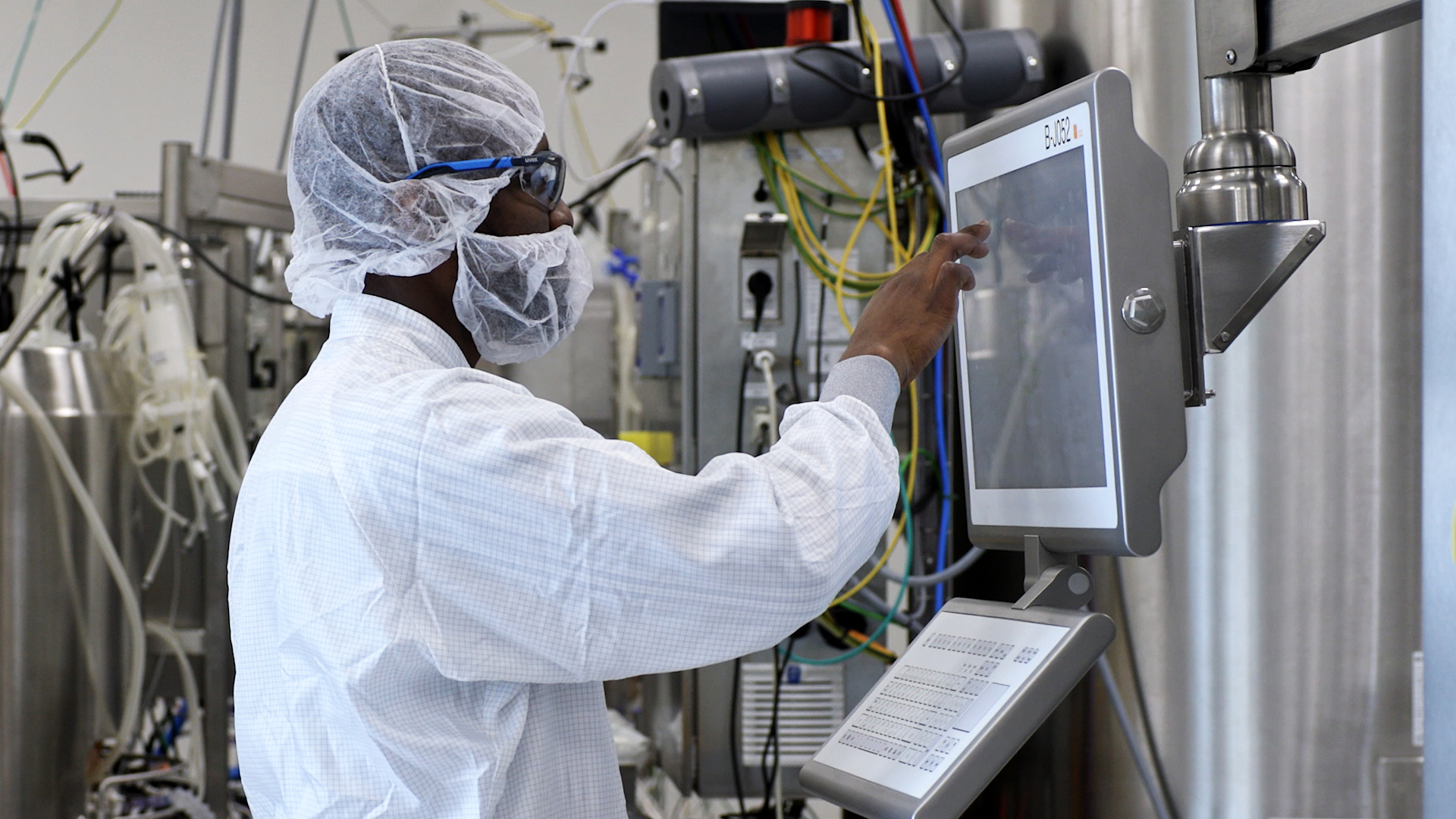3 min read
3 Trends to Watch in Monoclonal Antibody (mAb) Manufacturing
Nick McDonald July 13, 2023 at 5:19 PM
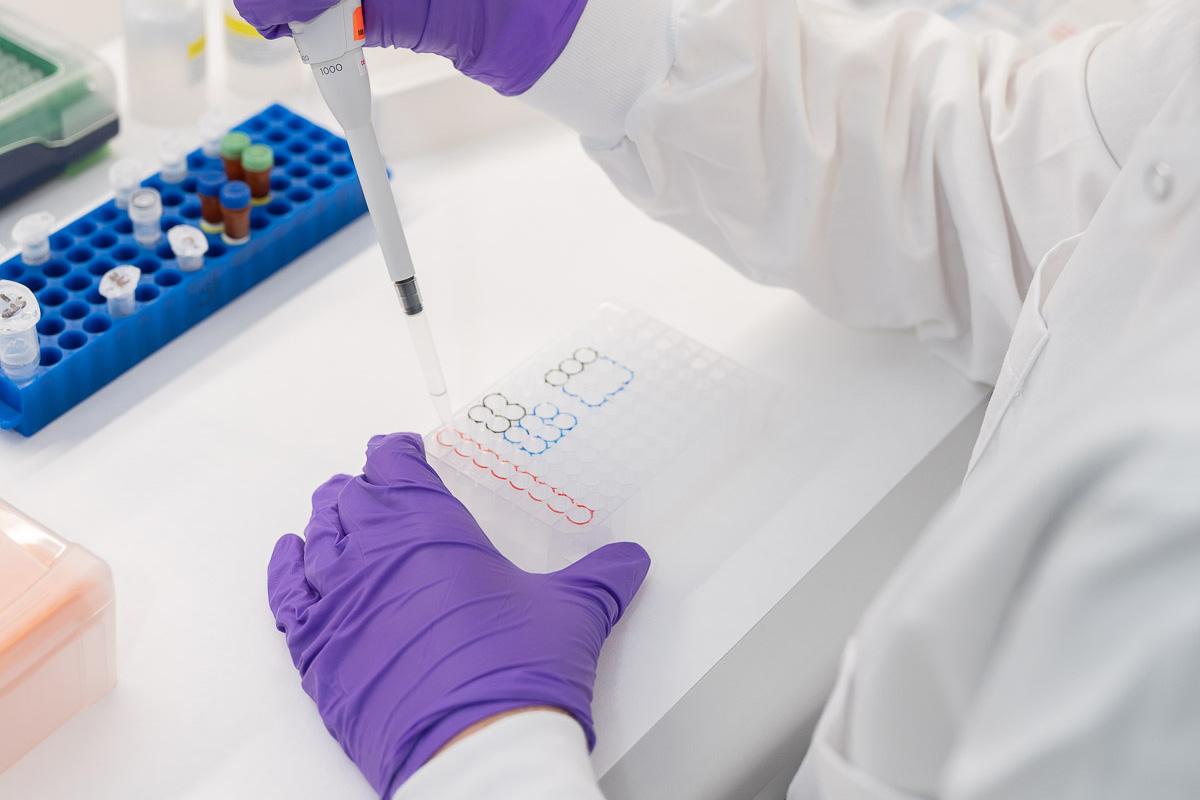
Monoclonal antibodies (mAbs) have long been the vehicle for bringing popular biopharmaceutical treatments to market. Even as new treatment types seem to be getting news headlines - ADC's, cell therapy, gene therapy - research shows mAbs remain a consistent biologic type used in cell line development and will play a key role in bringing new products and treatments to market through 2030.
As the demand for mAbs continues, so does innovation in this space. In this blog we feature three key things impacting mAb-based manufacturing that are helping to improve efficiency, flexibility and scalability to ensure the timely delivery of life-saving therapeutics.
For companies developing mAb-based products in the coming year, you will want to take into account these three trends, and consider implementing them into your process or toolbox in order to get maximum yields and accelerate your product to the clinic and beyond.
Trend 1:
The Growth and Innovation Offered by Single-use Technology
We have seen multiple benefits with the shift from stainless steel only to single-use bioreactors, and this is only offering more opportunity in the future.
Single-use technologies offer numerous advantages over traditional stainless-steel equipment, including multiple process capabilities, increased scalability and flexibility, reduced risk of cross-contamination, and accelerated timelines.
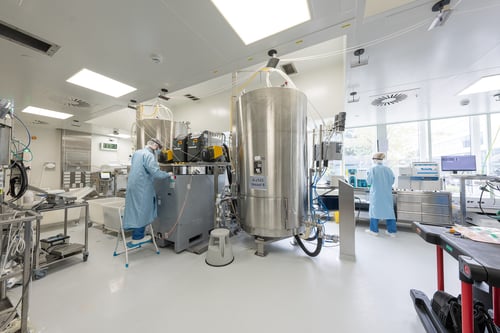 For example, with single-use technology and materials, it is possible to change the configuration of a manufacturing line, and exchange or add unit operations and cover various scales of operation. This creates flexibility to manufacture more at once and adjust mid-project. It is especially beneficial for clinical manufacturing programs because it offers the possibility of holding scaling their drug product until demand is well understood, saving developers internal resources, time and money.
For example, with single-use technology and materials, it is possible to change the configuration of a manufacturing line, and exchange or add unit operations and cover various scales of operation. This creates flexibility to manufacture more at once and adjust mid-project. It is especially beneficial for clinical manufacturing programs because it offers the possibility of holding scaling their drug product until demand is well understood, saving developers internal resources, time and money.
On the other side of that, single-use flexibility, gives you the option to scale based on need and demand as your product moves further into later and commercial stages, even after regulatory approvals.
Trend 2:
Advancements in Purification to Compete with Resin Columns
Companies have experienced bottle necking in downstream manufacturing due to inefficient and resin chromatography processes. This step can come with significant downtime for packing, storing, qualifying, and validating resin columns. It is also one of the traditionally most expensive steps in the drug production process. 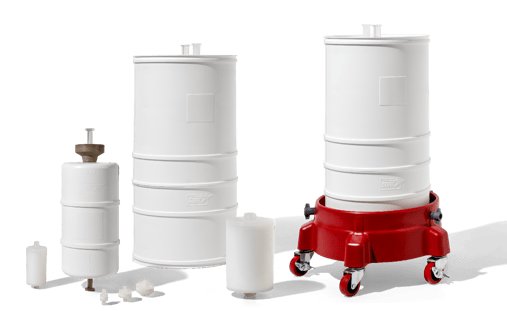
To help address this, a new technology has emerged. Developers should consider manufacturing partners working with the new membrane-based protein A capture step for mAb purification. There is potential for this technology to eventually replace standard chromatography for this key step. Through this innovation, drug developers can reduce cost of the protein A step, remove storage and bioburden challenges, and condense manufacturing footprint.
AGC Biologics has tested this new technology with promising results, and developed a downstream purification partnership with one of the top providers of this new technology, W.L. Gore. We are also finding this can increase flexibility and lower clinical and commercial manufacturing costs for customers because it requires a single-use technology platform process.
Further, we have found by utilizing AGC Biologics’ innovative single-use manufacturing platform in conjunction with the cutting-edge technology from GORE to complement and enhance the antibody-based development and manufacturing services, Protein A improves productivity in Protein A affinity purification and provide a high binding capacity in shortened residence times.
Trend 3:
The Opportunities Offered by Process Optimization Improvements
While this trend is a bit more broad - it is clear manufacturing should be more optimized across our industry. We see many thought leaders discussing the opportunities this can offer. By maximizing the efficiency of each manufacturing stage, the right manufacturing strategy can produce larger quantities of mAbs within a shorter timeframe. Further process optimization brings more opportunities to improve costs and even has potential to lessen your project's environmental impact.
Single-use bioreactors and improved purification tools (trends discussed above) are also two great examples of tangible things available to improve process optimization today. These types of technical and procedural advancements in cell line development have shown they can lead to significantly increased productivity and accelerated the overall production process, greatly reducing time-to-market.
Contract manufacturers are also embracing automation and digitalization technologies. For example, New process control software can improve the process parameters, reduces human error, and improves overall efficiency. The scientific expertise in this industry will always be important and impossible to replace, but, if you can leverage the latest technology and embrace innovation, there are great opportunities to improve mAb production. This is one of the trends we expect to see grow in 2024 and beyond as we hear about new technologies coming to market.
Monoclonal antibody manufacturing is continually changing, driven by the need for increased flexibility, productivity, and accelerated timelines. AGC Biologics' teams will continue to monitor the trends that will impact the future of this important biopharmaceutical drug type. As advancements continue, we expect mAb manufacturing to become even more efficient, cost-effective, and capable of delivering life-saving therapeutics to patients worldwide, and will continue to monitor trends such as these to build the best processes possible for drug developers at all stages.
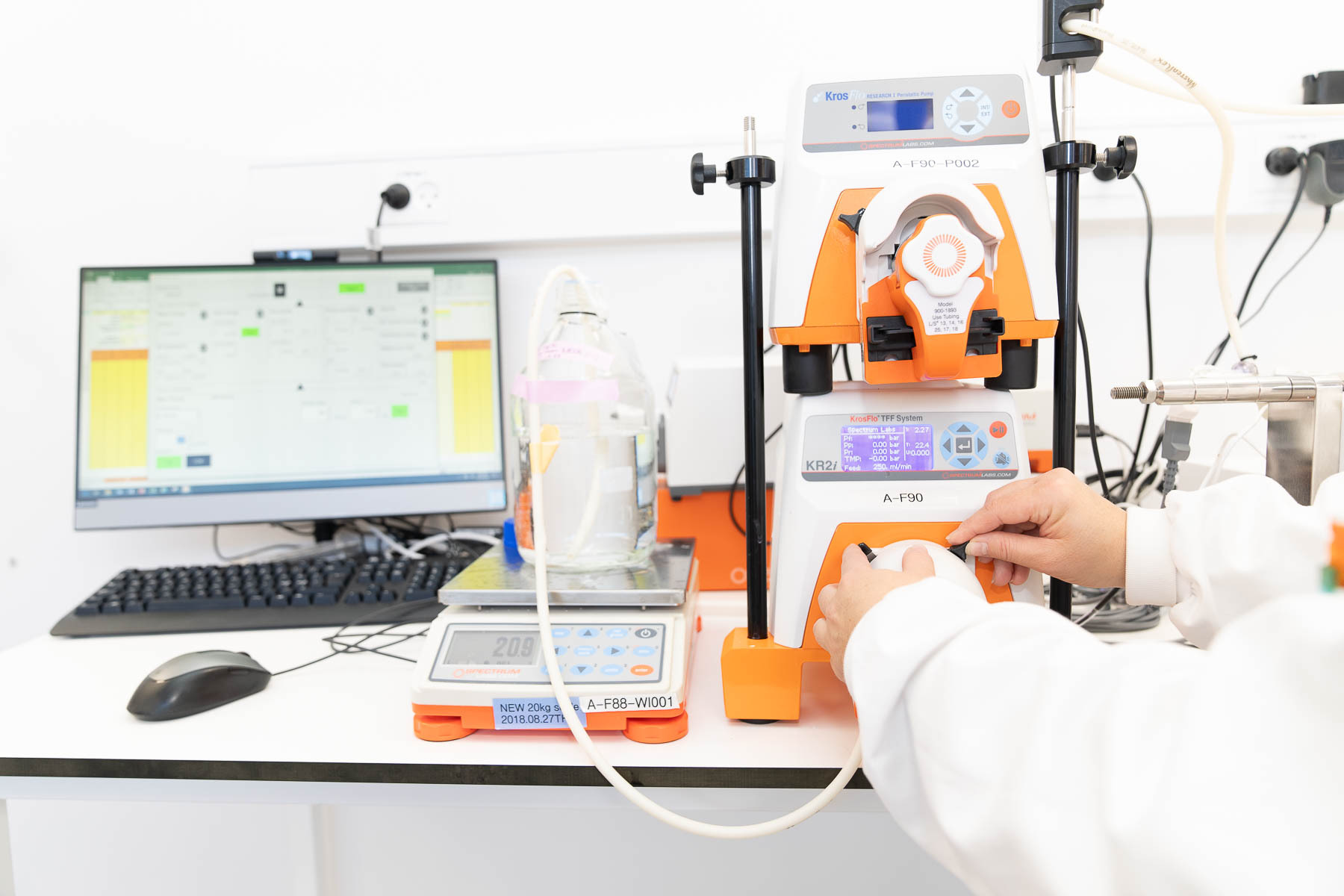
Capturing Real-Time Product Quality Insights with Process Analytical Technology
